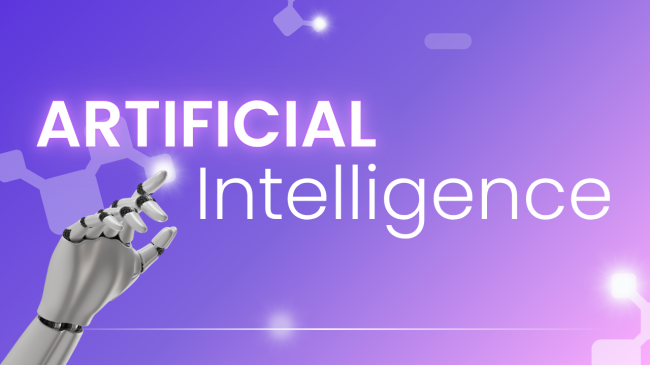Cloudflare has flipped the script on AI crawlers, transforming them from silent data miners into paying customers. With its Pay‑Per‑Crawl initiative, launched in private beta on July 1, 2025, the company empowers website owners to block, allow, or charge AI bots, creating the first real marketplace for AI access to live web content.
Why It Matters
- Power imbalance: Traditional search bots once drove visits—Google’s crawl-to-visit ratio was 6:1, now down to 18:1. In contrast, OpenAI’s GPTBot crawls 1,500 pages for every referral, and Anthropic crawls 73,000 for one visit, making AI bots net consumers, not promoters.
- Creator backlash: Publishers are losing ad revenue and recognition as AI models reply directly to users, bypassing source websites.
How Pay-Per-Crawl Works
- HTTP 402 enforcement – Crawlers must either carry payment intent or receive a 402 response with pricing.
- Three publisher options – Site owners can Allow, Charge, or Block each crawler individually.
- Bot authentication – Verification is backed by Ed25519 key‑based HTTP Message Signatures, preventing impersonation.
Crawl workflows:
- Reactive: Bot gets 402, retries with exact price.
- Proactive: Bot sends max-price header and gets served if acceptable.
Billing handled by Cloudflare – Serving as Merchant of Record, it aggregates charges and distributes funds to publishers.
Broader Ecosystem & Support
- Default blocking: Newly onboarded domains are set to block AI crawlers unless explicitly enabled .
- Technical backbone: Over a million domains already use AI-bot blocking; Cloudflare now enhances protection with bot fingerprinting and machine-learning detection.
- Industry backing: Early adopters include Condé Nast, The Atlantic, Gannett, Time, Reddit, Pinterest and Quora.
- Beta participants: AI startup ProRata is already opting in, while giants like OpenAI haven’t disclosed their stance.
SEO & Creator Impact
- Monetizing value: Sites can now attribute direct monetary worth to their content—each page accessed becomes a potential revenue event.
- Search visibility caution: SEO experts warn crawlers may bypass paywalls, reducing discoverability. Balancing revenue with reach is delicate.
- Transparency metrics: Cloudflare Radar features a new crawl-to-referral metric, helping publishers gauge bot behavior before setting policies.
The Bigger Web Implications
- New economic frontier: HTTP 402, a nearly dormant web status code, is revived as a transactional backbone—paving the way for content marketplaces.
- Data scarcity risk: Analysts warn that a content paywall could trigger a “data dark age” if AI firms scale back scraping due to costs.
- Agentic AI future: Cloudflare envisions intelligent agents autonomously negotiating content access based on built-in budgets.
Final Take
Cloudflare’s model rethreads the fabric of the web: permission, transparency, and payment are now essential. For publishers, it’s a long-awaited lever to reclaim lost value. For AI companies, it sets a new bar—choose to pay, negotiate, or lose access. The next frontiers: how crawlers adapt, whether pay-per-crawl stays fair, and whether the web splinters into paid content islands






Sarah Lee
Jul 5, 2025Managing content access and monetization has always been complex. Cloudflare's Pay-Per-Crawl initiative simplifies this by allowing us to set a flat, per-request price for AI crawlers.